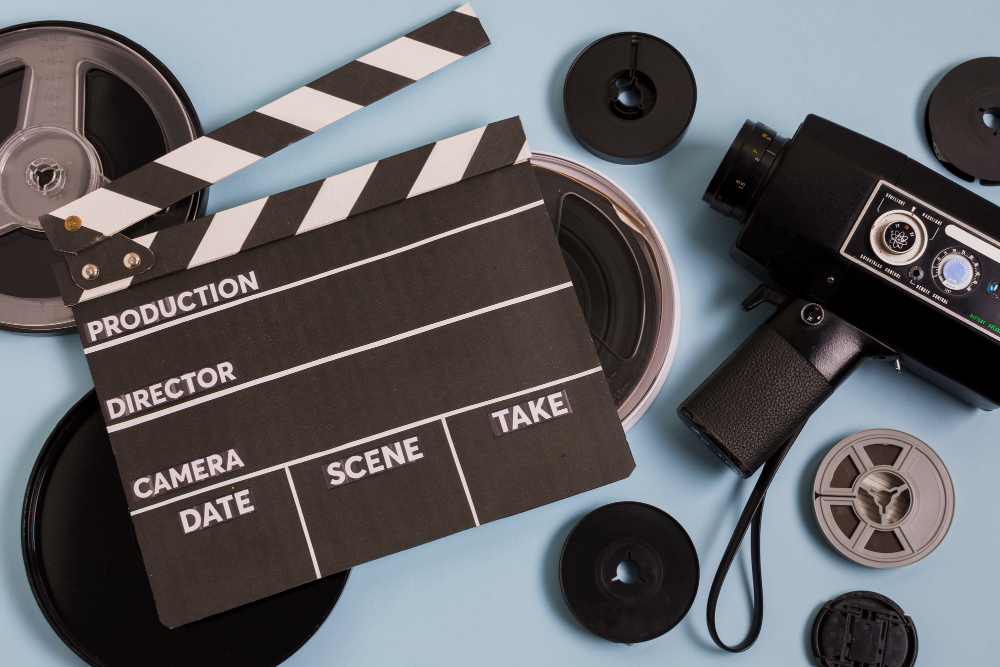What Secrets Do Top VFX Professionals Learn First?

Visual effects (VFX) play a significant role in shaping the movies, games, and advertisements we enjoy today. Aspiring professionals often wonder what foundational secrets the experts focus on when starting their journey in VFX. The answer lies in mastering the basics and building a strong understanding of essential techniques. Here’s a closer look at the key elements that top VFX professionals learn first.
Understanding the Basics of Visual Effects
Before diving into advanced techniques, it’s crucial to understand the basics of VFX. This includes learning about composition, lighting, and the principles of animation. Composition helps in arranging elements to create visually appealing scenes, while understanding lighting ensures realistic integration of digital and real-world elements. Animation principles, such as timing and spacing, give life to digital creations, making them more engaging.
Software Proficiency
Learning industry-standard software is a critical step for anyone pursuing a career in VFX. From 3D modeling programs to compositing tools, gaining hands-on experience with these applications builds a strong foundation. Most VFX courses introduce beginners to essential software, guiding them through the process of creating basic effects and gradually advancing to complex projects.
The Importance of Observation
One of the best-kept secrets in VFX is the art of observation. Professionals spend time studying how light interacts with different surfaces, how objects move, and how natural environments behave. These observations are crucial when replicating real-world phenomena digitally. By honing observational skills, aspiring artists can make their work more convincing and immersive.
Focus on Realism
Creating believable effects requires attention to detail and an understanding of how to blend digital elements seamlessly into live-action footage. Professionals learn to match colors, shadows, and textures to make their effects look realistic. A solid grasp of physics, such as how objects react to gravity or wind, further enhances the quality of their work.
Problem-Solving Skills
VFX work often involves solving technical and creative challenges. Whether it’s figuring out how to create a specific effect or troubleshooting software glitches, problem-solving is an essential skill. This ability is developed over time through practice and by working on various projects, which are often included in a comprehensive VFX course.
Networking and Collaboration
Another vital aspect of becoming a successful VFX artist is networking and collaboration. VFX is rarely a solo endeavor; it requires teamwork and effective communication to bring large projects to life. Learning to collaborate with other artists, animators, and directors is a skill that many professionals emphasize from the beginning of their careers.
Continuous Learning
The VFX industry is constantly evolving with new technologies and trends. Professionals prioritize staying updated by learning new tools and techniques. Enrolling in advanced programs, such as a VFX course in Udaipur, can provide a deeper understanding of the latest industry standards and innovations. This ensures artists remain competitive and capable of delivering cutting-edge work.
Conclusion
The journey to becoming a top VFX professional starts with mastering the fundamentals. From understanding the basics of composition and lighting to developing problem-solving skills and maintaining a commitment to continuous learning, these secrets form the foundation of a successful career in visual effects. Aspiring artists can benefit greatly from structured learning programs and consistent practice to unlock their full potential.







